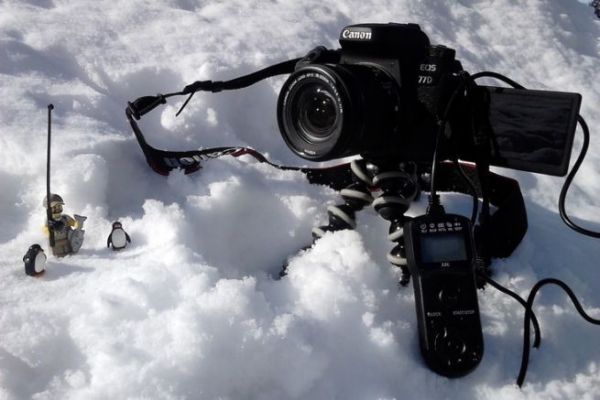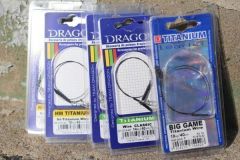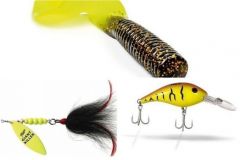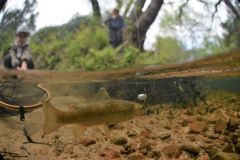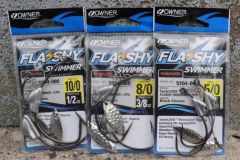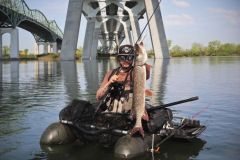The flexible Gorillapod tripod
Small, light and easy to carry, it's the ideal tripod for setting up your camera on uneven ground or hanging it from branches, for example. They come in different sizes, from smartphones to SLRs.
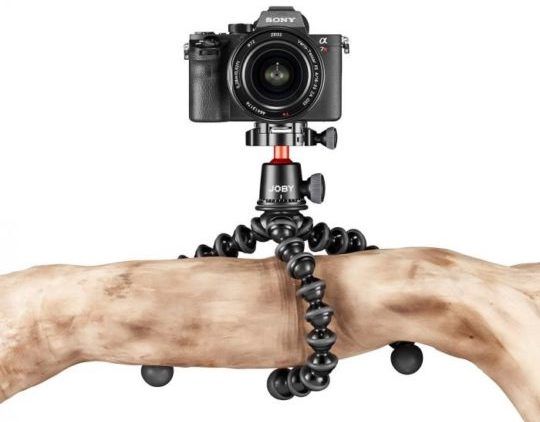
Programmable remote control
Programmable as you wish, it allows you to trigger your camera at regular intervals. The big advantage is that before each trigger, the camera will refocus, allowing you to vary your shots quickly. For example, between a shot showing the entire catch and a close-up of the fish's head. This way, you can be sure of getting the right setting for each shot, rather than using the camera's built-in self-timer, which can be less reliable. For those who use their smartphone, there are remote self-timers that slip into your hand.
The pivoting screen
Without a screen, if you're used to your camera and have some reference points, you'll know more or less where to position yourself. But having a screen that you can turn to see the framing is always a plus for getting the best-framed photo. If you're planning to change your camera in the near future, this detail may help you make the right choice.
Have a landing net or basket
In some cases, you can leave the fish in the water, hooked to the lure, or put it in a puddle while you prepare your camera equipment. If this is not possible, it's best to carry either a large landing net or a small float-tube. A very practical item is the float-tube or "piketube" from Pafex. This tube, which slips easily into a backpack, is perfect for both shore and float-tube anglers. In any case, keep the fish in the water as long as possible and only take it out when needed.

Take the photo from further away and then crop it
The resolution of today's cameras means that photos can be cropped without any loss of quality. It's better to take a photo from a little further away and crop it later than to have a photo taken from too close that's missing a piece and won't be usable. When cropping, it's important to maintain the same height x width ratio as the original photo, in the interests of photo harmony.

Be well lit
If possible, sunlight should illuminate the subject to be photographed, so take care with your positioning. Avoid staying in the shade, especially on sunny days, when contrast is important. In addition, you need to face the sun and not have it at your back, so as not to be against the light.

I hope these few tips will help you to immortalize your future great shots.
